Herbs are one of the costliest items at the store, so why not grow them yourself? Most annual herbs are easy to start from seed, they are very pot and container-friendly plants and are an unthinkable part of delicious cooking.
- Herbs can be grown all gardening season. Start later winter indoors with woody herbs as they need the longest to sprout, grow and mature
- Start early spring indoors or direct seed outdoors the cool-weather herbs
- Grow cold-hardy perennial herbs that need to be sowed only once and come back every year
- Start herb seeds indoors under grow lights or south-facing windows in a nutrient-rich soil mix. Keep the soil moist and use a humidity dome to speed germination.
- Some herbs need longer to germinate and some need light to germinate, sow the seeds and follow seed packet directions for each herb.
- Provide moisture to the soil, but do not let the soil be soggy. Provide plenty of sufficient light to grow herbs.
- Do not let the soil dry out as this could prolong germination or kill germinating seeds.
- Once the seeds have germinated, take the humidity dome down so the seedlings have plenty of light, airflow, and space to grow.
- Depending on the variety of herbs, transplant to its permanent spot when the seedling has two sets of true leaves, when the seedlings are about 3 inches tall, or when the roots enveloped about 80% of the soil on the bottom and can hold the soil together.
- Some herbs do well direct seeded, and do not need to be started indoors.
- Harvest in bundles or harvest only outer leaves and let the rest of the herb grow and mature for cut-and-come-again harvests.
- Perennial herbs can be propagated from cuttings or by splitting roots once well established. Perennial herbs might take one whole growing season to mature and get established, so harvest sparingly during the first season.
- Fertilize and water on a regular basis.
- All herbs do well in pots, containers, companion plants, or mulching plants.
- Most herbs grow well in partial shade or complete shade.
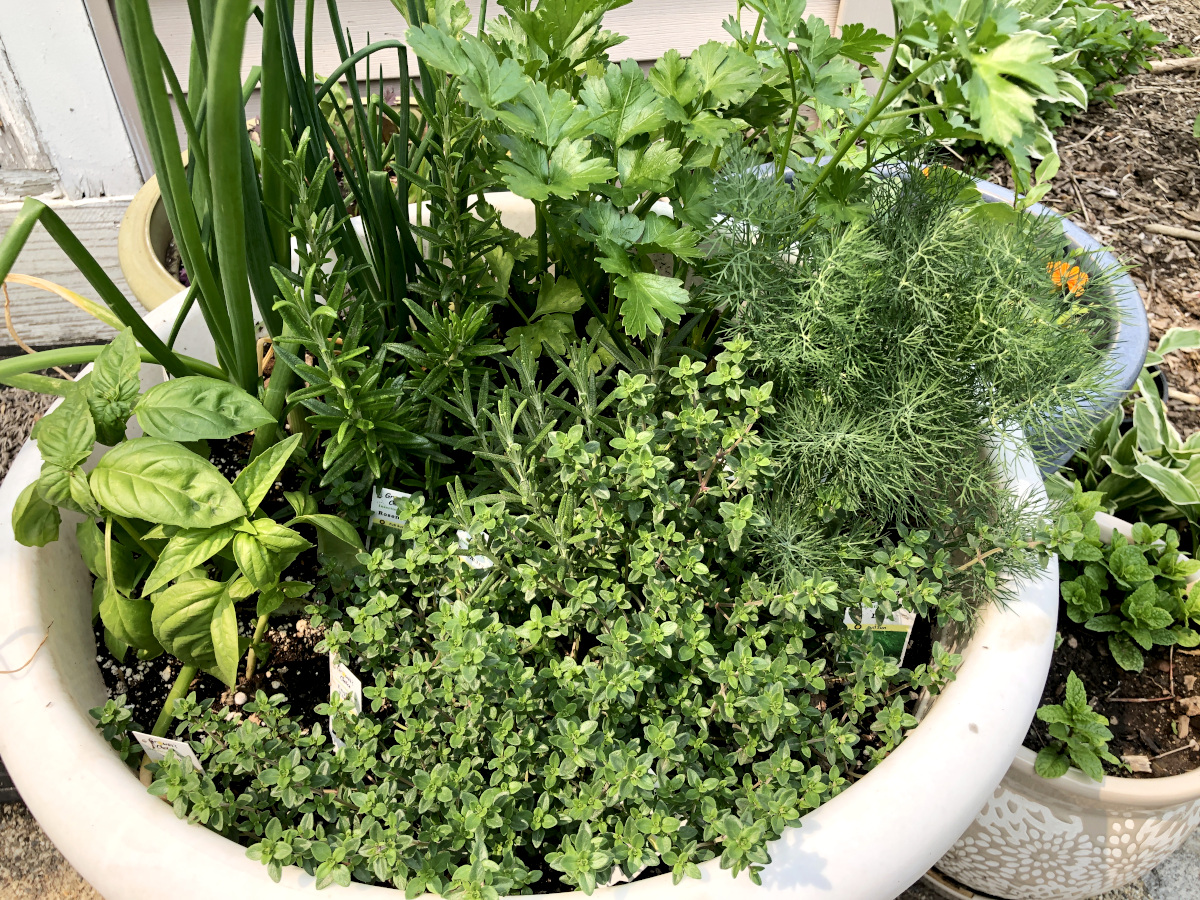
What month do you plant herbs?
Start woody perennial herbs like rosemary in late winter, or very early spring, as these need longer time to germinate and establish. Then start annual herbs such as basil, dill, and cilantro in late spring in March. Direct seed annual herbs directly outdoors from March through August, depending on variety, sow the cool-weather herbs first. Transplant herb seedlings outdoors when the temperature is right for the herb variety. Always harden off the seedling before transplanting them outdoors.
A GOOD READ: What do hardiness zones mean and how to determine yours and How to harden off seedlings
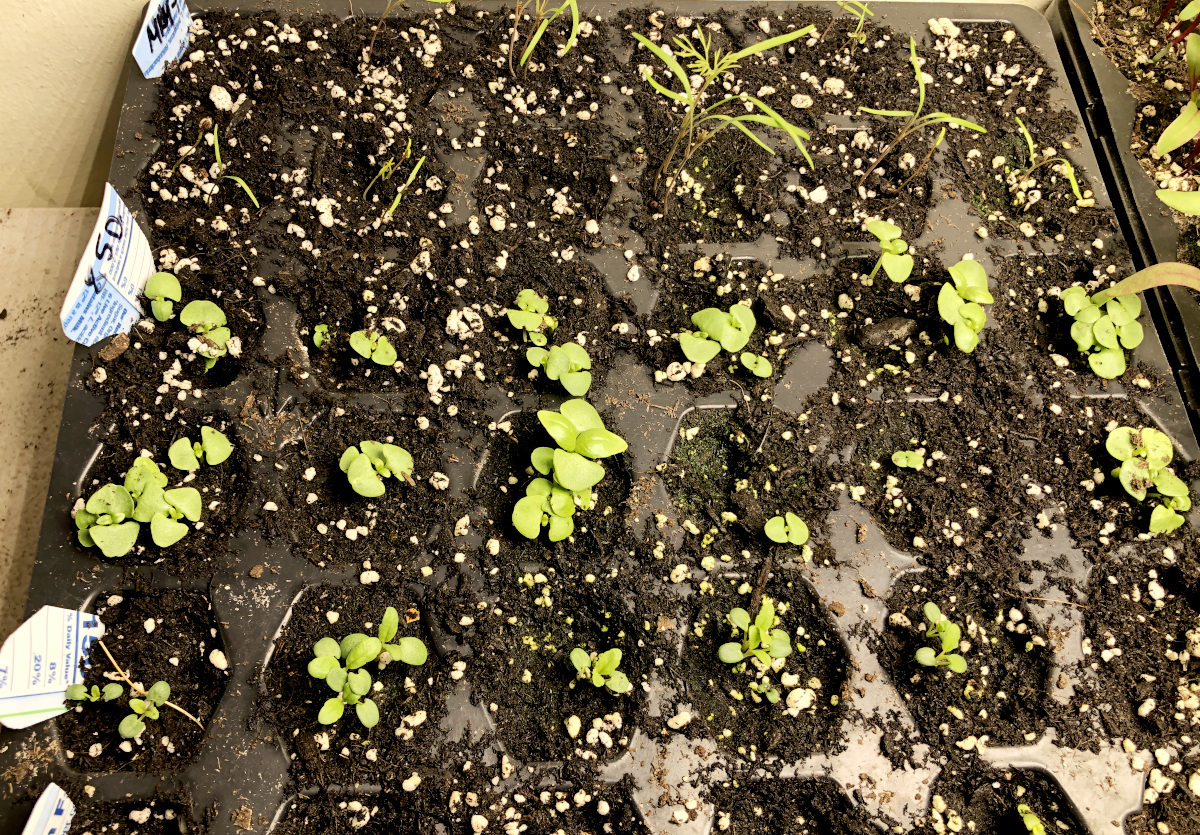
Is it better to grow herbs in pots or ground?
Both ways are suitable to grow herbs. Because most herbs have shallow roots, they are very suitable for pot or container herb gardens. They do well in the ground too. Some herbs can become invasive spreading their roots horizontally or by self-seeding, and can take over the whole growing space, therefore herbs like mint and lemon balm are best to grow in containers or pots to keep them in control.
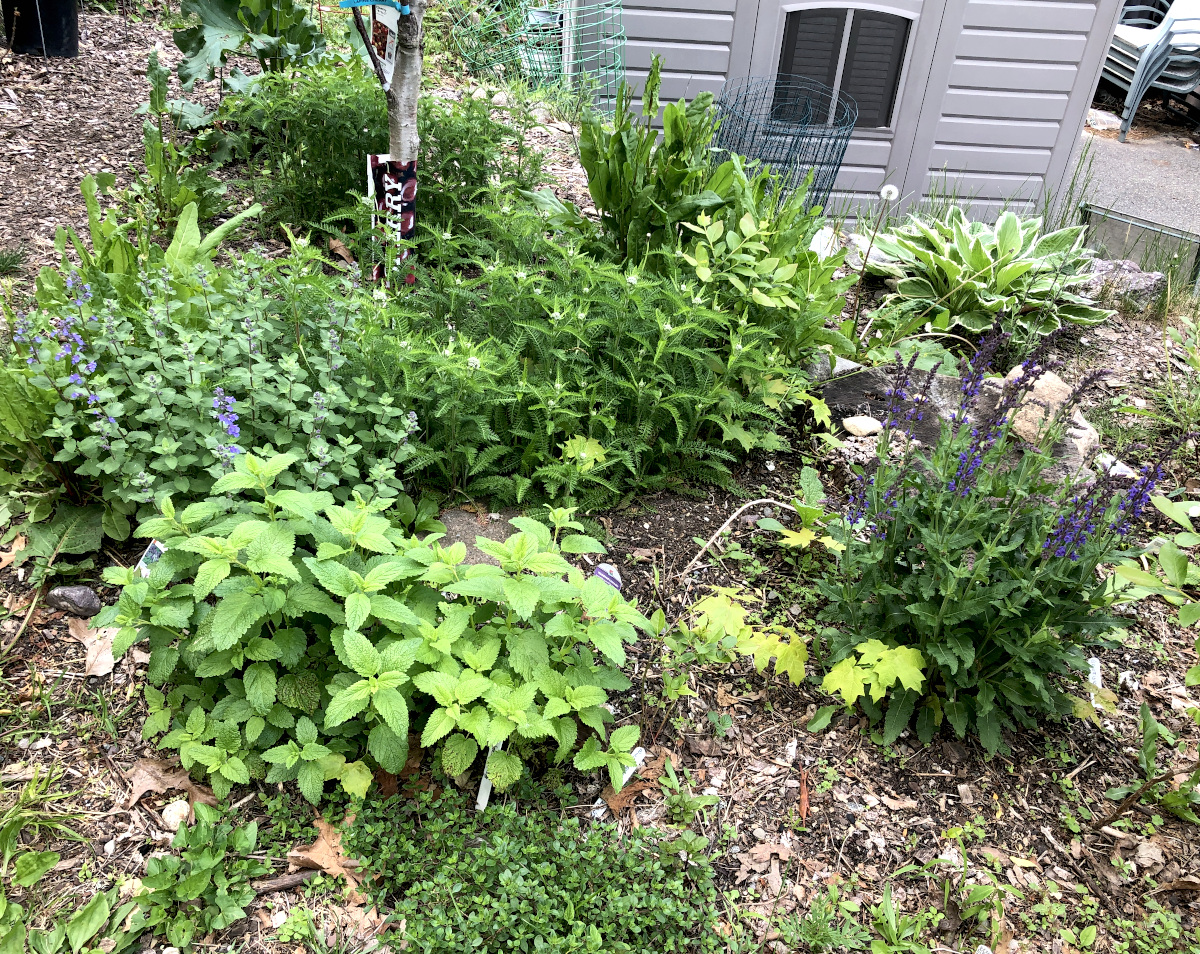
Do herbs come back every year?
Perennial herbs do come back every year. Herbs like thyme, lovage, oregano, lemon balm, mint, sage, lavender, and chives do come back every year. Herbs can be perennial depending on their tolerance of cold in the area they are grown at. Check the hardiness zone for your location and choose the plants that can survive winter temperatures in your specific zone, those herbs are your perennial herbs. Annual herbs like dill, cilantro, and basil, only live for one growing cycle and then they die off.
A GOOD READ: What herbs do not come back next year?, What herbs come back every year?
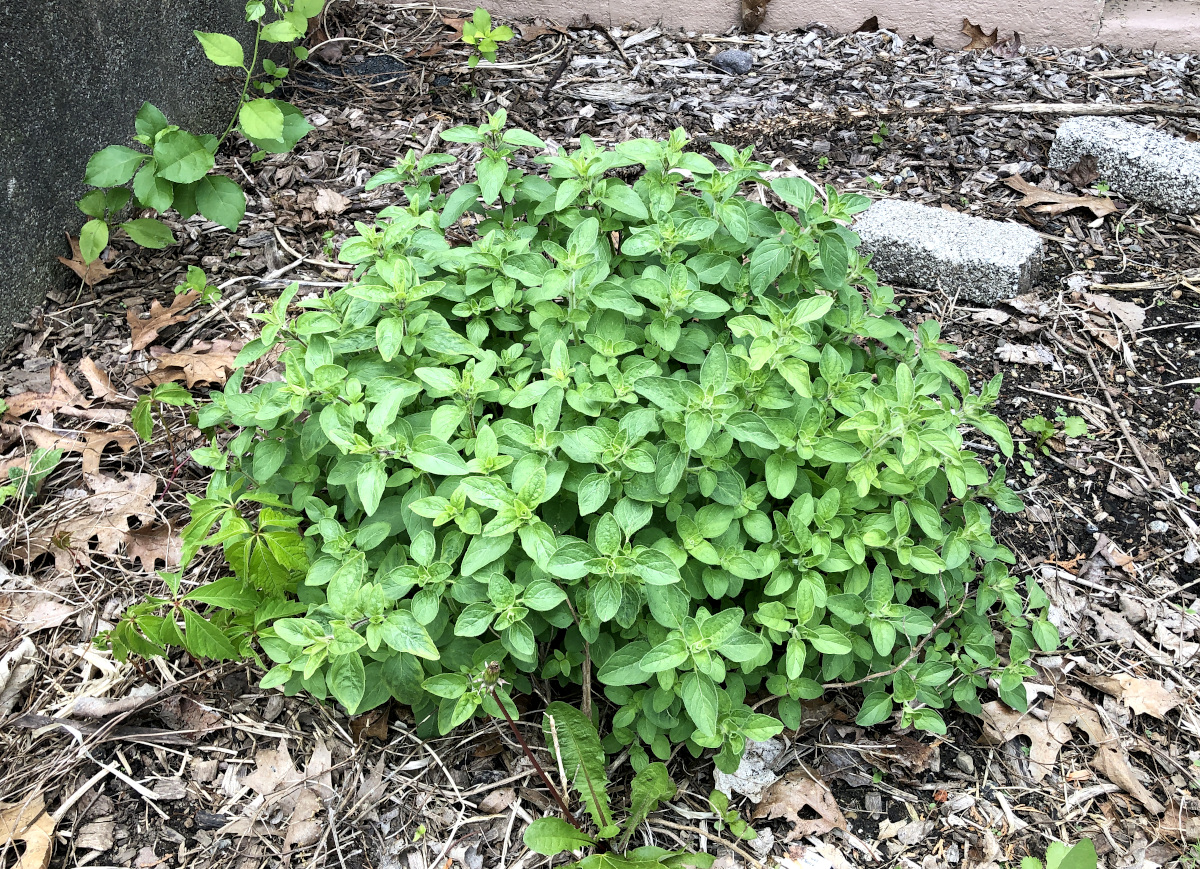
How do you start an herb garden for beginners?
- Pick a sunny location if possible. Most herbs can tolerate partial shade or shade, but perform best in bright, sunny areas.
- Choose a level location with well-draining soil. Most plants like moist soil but do not like it to be soggy. Some herbs like rosemary benefits from dryer soil.
- Herbs will grow in an in-ground garden, raised beds, pots, or containers as long as the soil is fertile, loamy, and well-draining.
- Most herbs do well direct sowed in the soil outdoors once the temperatures are right for the variety.
- If planting in pots, ensure the pots have drain holes on the bottom if planting in containers.
- Keep herbs watered as needed, but not damp. Always check the soil before watering.
- Fertilize as needed, most plants like nitrogen-rich fertilizers.
- Harvest once the plant is mature and ready to be harvested. Plants can be harvested in bunches or by the cut-and-come-again method. For harvesting in bunches, bunch the leaves and stem of the herb and cut off about 3 inches from the soil. For cut and come again harvest, harvest only the largest outer leaves leaving the rest of the plant untouched for future come again harvesting.
- Store the herbs by drying them first and then in an air-tight container. Or chop them up, place them in an ice-cube tray and fill to the top with olive oil, and freeze. They can do well chopped and frozen in zip-lock bags.
A GOOD READ: Why to grow herbs
What herbs are beginner friendly?
Most beginner-friendly herbs are annuals like cilantro, dill, and basil, because they germinate, grow, and mature fast. On the other hand, rosemary and thyme are woody plants and need lots of time to germinate, grow and establish.
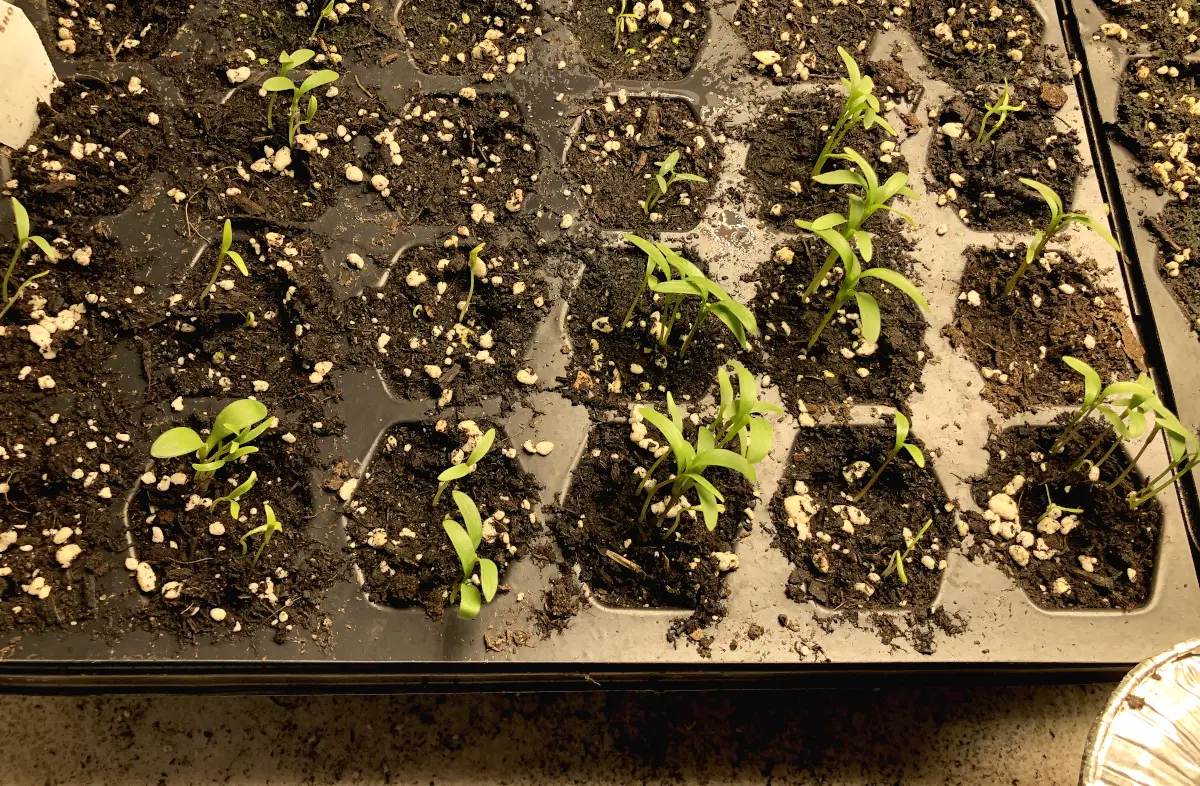
What is the best layout for an herb garden?
The best layout for the herb garden is to plant the tallest herbs in the back of the opt facing north. Then gradually plant shorter and shorter plants in front of the taller plants. This ensures that the tall plants will not compete for the sunlight with the shorter plants. Plant herbs that like to be watered often, mostly annuals like cilantro and dill, together as they like the same soil moisture growing conditions. On the other hand, rosemary, thyme, and lavender are woody herbs and prefer dryer soil conditions.
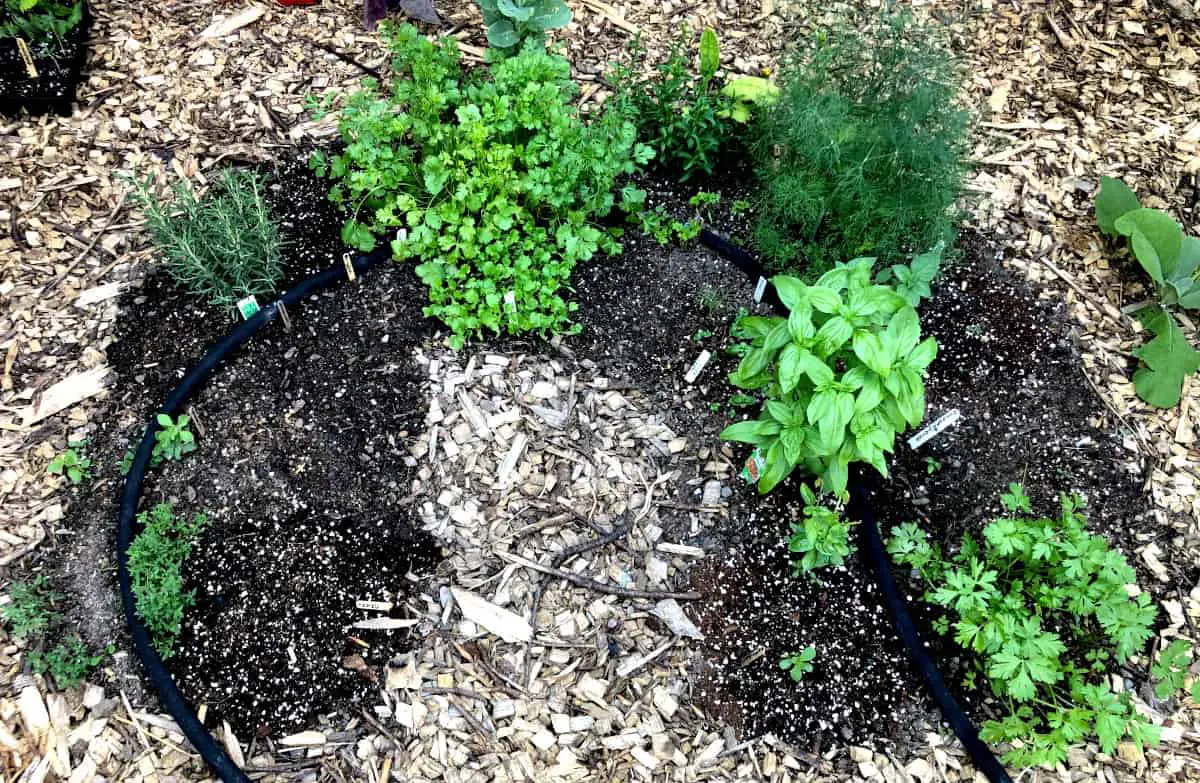
What is the best soil for herbs?
The best soil for herbs is nutrient-rich, full of organic matter like compost, worm castings, and well-draining soil. Herbs do not like compacted soil that does not allow proper water draining and soil that does not keep moisture well and dries out too fast. Use mulch on top of the soil under the herbs to keep the moisture in and protect the soil.
TIP: I plant herbs as living mulches around my tall plants and as companion plants. For example, I plant basil around my tomatoes. Basil will shade the soil around the tomato and I will harvest it to dry and store and eat as much as we like. As herbs have shallow roots, they will not disturb the growth of the main plants and will be well-fed as I fertilize the main plant.
Should herbs be watered every day?
Herbs do not need to be watered every day if they are planted in an in-ground garden and mulched. Herbs that are planted in small pots and containers dry out faster and might need to be watered every day, depending on the weather conditions and the quality of the soil. Always check the soil by sticking your index finger in it. If the soil feels dry and crumbly it needs watering. If the soil feels moist, it does not need watering.
A GOOD READ: How and when to water vegetable garden, When you should not water your garden, Should you water garden in the morning or at night?
Should I fertilize herbs?
Yes, herbs should be fertilized, but not all herbs need an equal amount of fertilizer. Start by planting herbs in nutrient-rich soil full of organic matter. Woody perennials usually need less fertilizer compared to annual herbs. When choosing a fertilizer for herbs, choose nitrogen-rich fertilizer and follow the instructions on the packaging.
I use this fertilizer to fertilize my herbs and garden. It is a 1-gallon concentrate which I dilute 10mill per gallon of water and simply water my plants. This 1-gallon concentrate goes a long, long way.
Can herbs get too much sun?
Yes, if the climate is too hot and the sun is too intense, herbs can get sun scolded. Sun-scolded leaves appear dry and might have dry, light brown, or yellow patches. To protect herbs from sunburn, always harden your herbs off before transplanting them outdoors. Cover herbs with shade cloth, or sun shade net to protect them from scolding sun.
Is it cheaper to grow your own herbs?
Herbs are one of the costliest items at the grocery stores. If you use herbs heavily and even want to preserve them and store them for use in the winter months, it is cheaper to grow your own herbs. Harvest herbs using the cut-and-come-again method, which allows you to harvest the herb and leave it intact to grow more for continuous harvest. If you do not wish to start herbs from seeds, then buy the seedlings or already established herbs and plant them in your growing space, as they grow and thrive, they will provide you with continuous harvest.
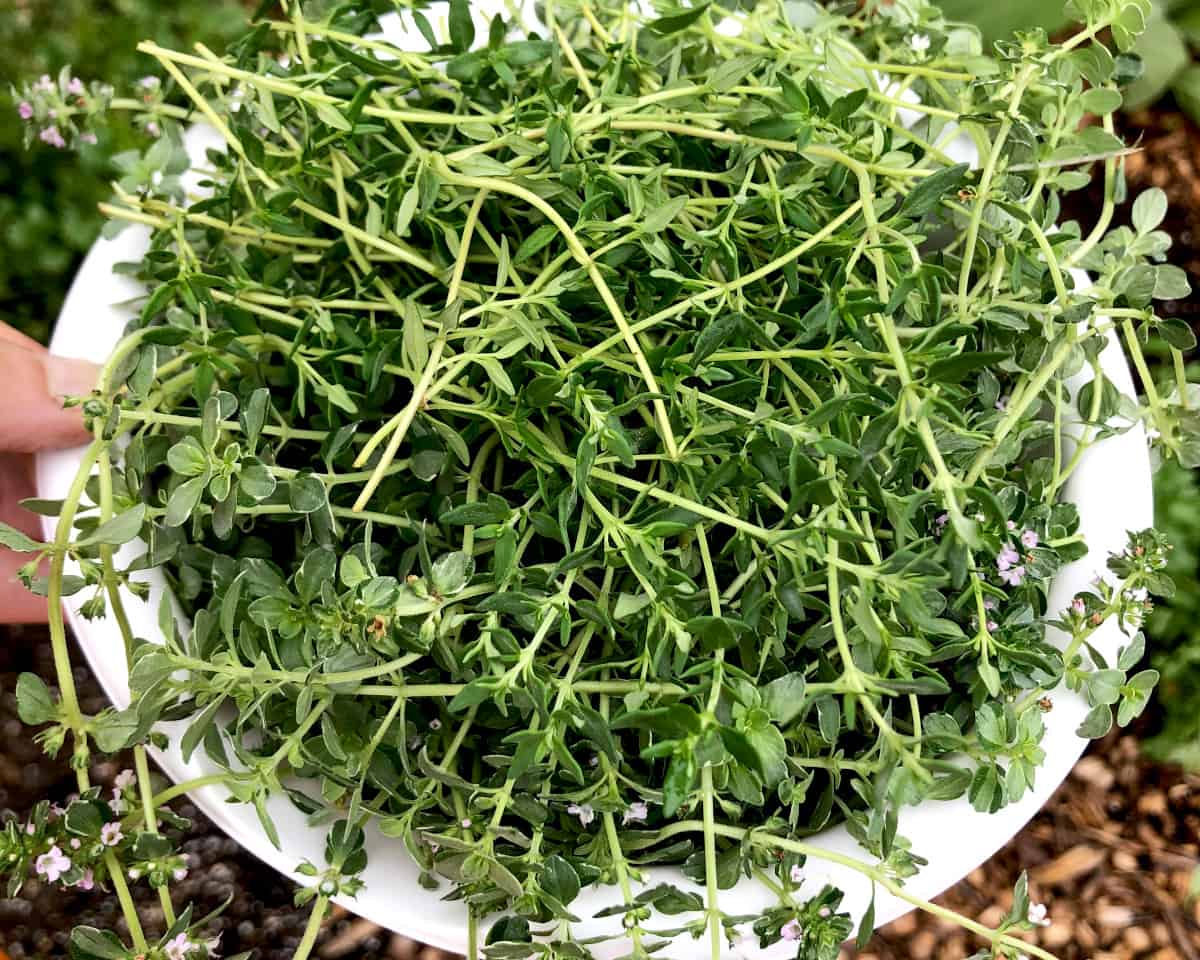
Can I grow herbs year-round?
Yes, herbs are easy to grow year-round. Since most herbs do well in pots and containers, they can be easily sowed and grown indoors or simply transplanted and brought from the outdoors to indoors to be kept, grown, and harvested over winter.
I cannot even imagine a vegetable garden without herbs, as well as I cannot imagine cooking without herbs. They are rich in flavor, color, and fragrance. Herbs make out food delicious and improve our health if used the right way.
My favorite herbs I grow in my garden every single growing season are rosemary, thyme, parsley, cilantro, dill, oregano, lovage, several kinds of mint, lemon balm, catmint, and calendula. I use them heavily in my cooking, to make my garden beautiful, and to attract pollinators. I like to walk around and rub their leaves and smell them, I like to harvest them to dry or freeze them in an ice cube tray in olive oil.
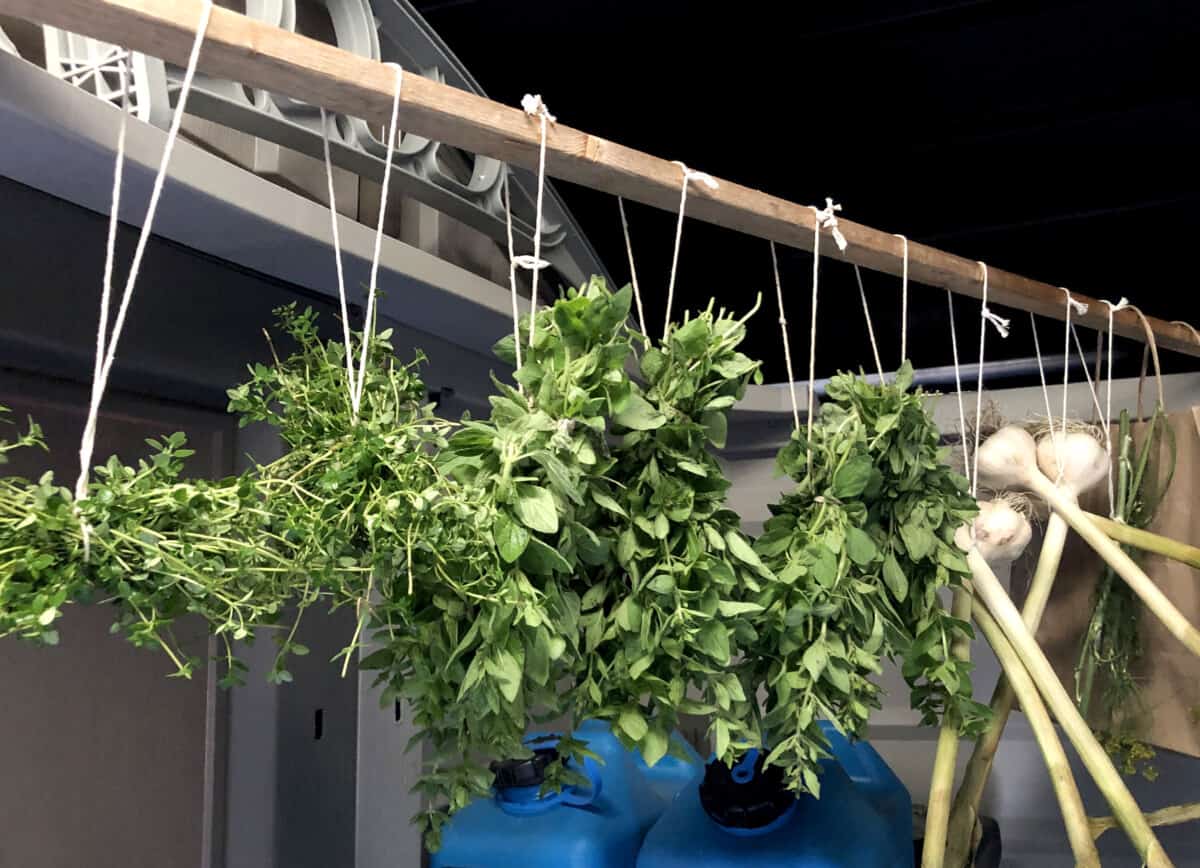
Please share with us what herbs are your favorite and why.
How to protect vegetable garden beds

